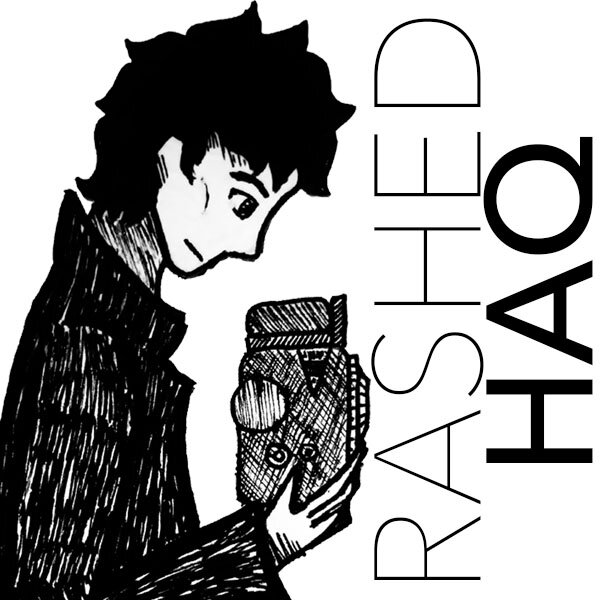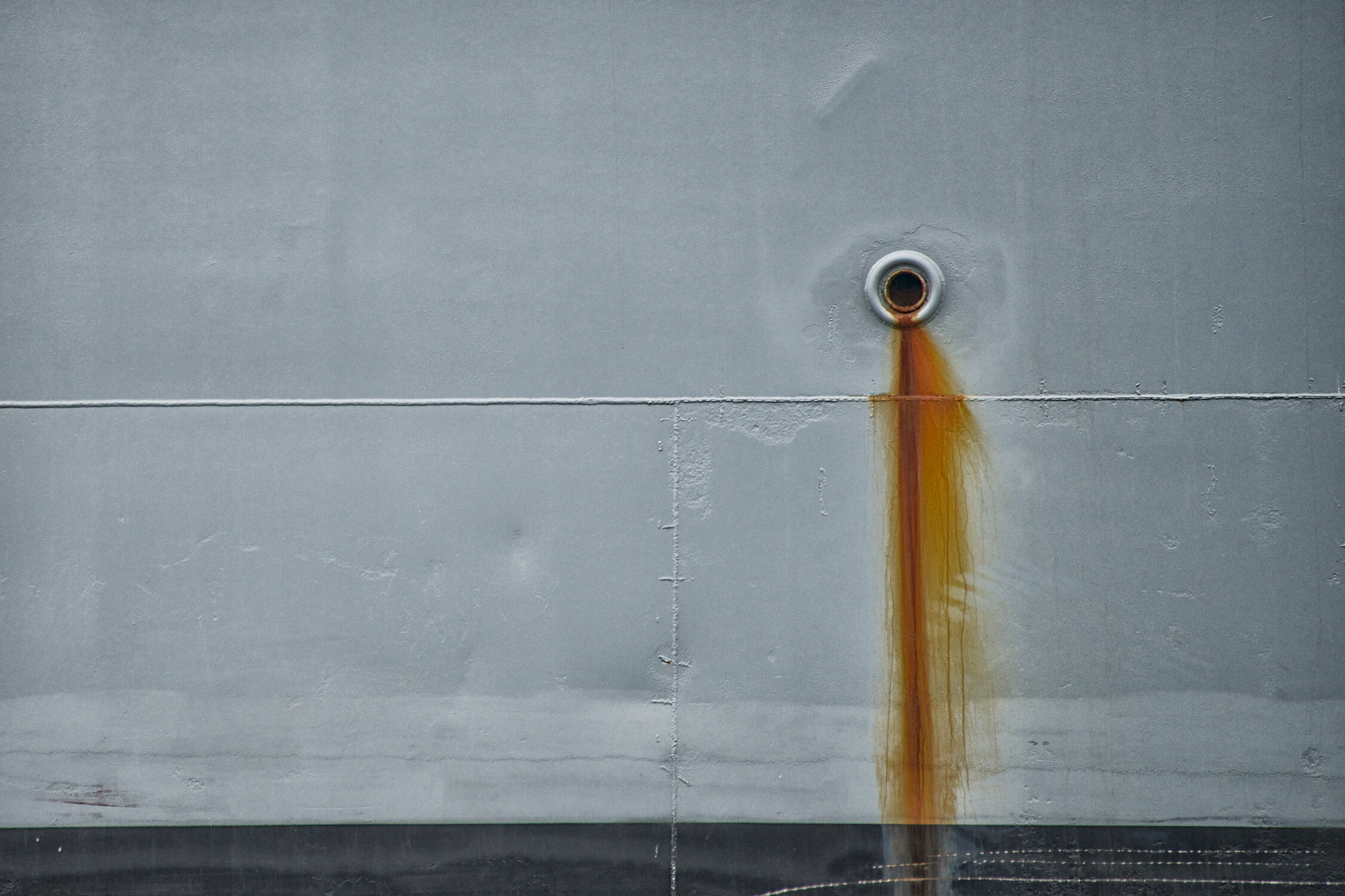Crude Network
network: (n) an interconnected or interrelated chain, group, or system
This project is about the transportation network for crude oil which inextricably connects our food, our consumption, our travel and our lifestyles to climate change. Maritime transportation plays a crucial role in the world trade system. It makes up more than ninety percent of worldwide trade volume. It is a multi-layer network structure with oil tankers making up the kernel of these networks.
Crude oil has been the life blood of industrial nations since World War 2. Because crude oil affects every industry sector, the world economy is tightly coupled with the global oil supply chain. Not only are petroleum products used for transportation as gasoline for cars, jet fuel for planes and bunker fuel for ships, but they are also used to to create the very products that must be transported, for example most plastic materials and many other products including paints, tires, cosmetics, medicines, medical devices and novelty candy. This network is also tightly coupled with one of the three big reasons for climate change: deforestation, livestock farming and the burning of fossil fuels.
In this project I capture the determined visages of oil tankers - the workhorses that make up the crude transportation network that tirelessly bolster and propel human industry. Imposing in their unadorned beauty, often longer than the height of the Empire State Building, these hallmarks of modernity are proof of humanity’s harnessing of the natural order. Just as Gerhard Richter’s abstract paintings contain the residual evidence of his technical process, these oil tankers have the residual evidence of the supply chain network it has traversed - scratches, scrapes, dents, rust and erosion of various kinds. In a sobering and paradoxical twist, their battle scars remind us of the deterioration of the very environment that sustains us.















